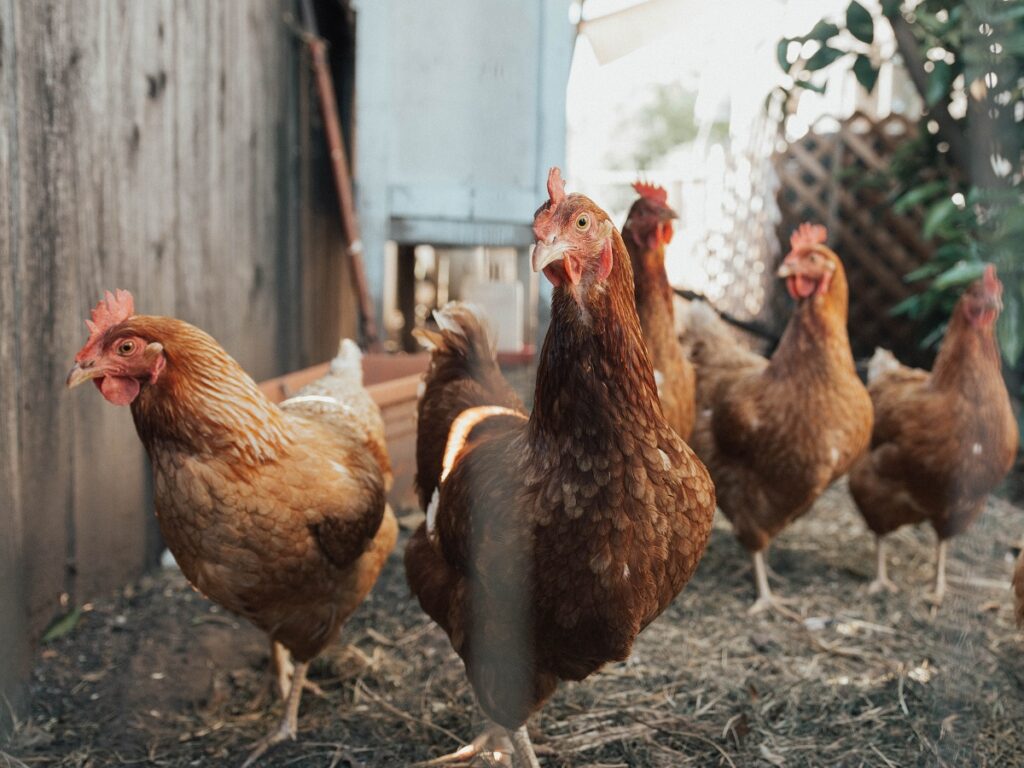A man in Colorado tested positive for an H5 bird flu virus, marking the first recorded human infection in the United States of the highly contagious virus that is wreaking havoc on commercial flocks and wild birds but is said to pose limited risk to humans, according to state officials and the Centers for Disease Control and Prevention (CDC).
This case occurred in a person who had direct exposure to poultry and was involved in the culling of poultry infected with H5N1, said the CDC, adding that the patient is being isolated and is being given the influenza antiviral medication oseltamivir.
“While it is possible the detection of H5 bird flu in this specimen is a result of surface contamination of the nasal membrane, that can’t be determined at this point and the positive test result meets the criteria for an H5 case. The appropriate public health response at this time is to assume this is an infection and take actions to contain and treat,” the CDC said.
CDC says bird flu risk remains low
This case does not affect the CDC’s low-risk estimate for the broader public, the CDC said, adding that those who have had occupational or recreational exposure to sick birds should follow the CDC’s guidelines.
According to the Colorado Department of Public Health and Environment (CDPHE), no further human cases have been confirmed in Colorado or the United States. “We want to reassure Coloradans that the danger to them is low,” Dr. Rachel Herlihy of the CDPHE stated.
Since these outbreaks were found in wild birds and poultry in the United States in late 2021 and early 2022, the CDC has been monitoring for disease among individuals who have been exposed to H5N1 virus-infected birds. H5N1 viruses have been discovered in commercial and backyard birds in 29 states, as well as wild birds in 34 states, according to the USDA.
This is the second human case connected with the current dominant group of H5 viruses, and the first in the United States. The first international case occurred in December 2021 in the United Kingdom in a person who had no symptoms and bred birds infected with the H5N1 influenza, according to the WHO.
“More than 880 human infections with earlier H5N1 viruses have been reported since 2003 worldwide, however, the predominant H5N1 viruses now circulating among birds globally are different from earlier H5N1 viruses,” the CDC said.
Fighting bird flu with gene editing
Biotechnology, meanwhile, is making efforts to find solutions to more effectively fight bird flu. Using gene editing techniques like CRISPR, scientists are seeking to develop chickens that are less likely to succumb to bird flu and other diseases.
Advances in this technology have resulted in poultry that are resistant to avian leukosis virus and avian influenza, Mark Fife, biotechnology head at Aviagen, said during a 2021 Poultry Tech Webinar Series.
Given the possibility of a human pandemic posed by the avian flu’s ability to hop species, researchers at the Universities of Edinburgh and Cambridge have attempted to combat avian flu utilizing gene-editing technology that is “a more precise version of the conventional selective breeding of animals,” the Guardian reported.




